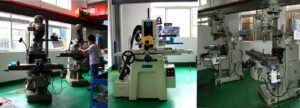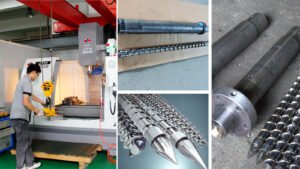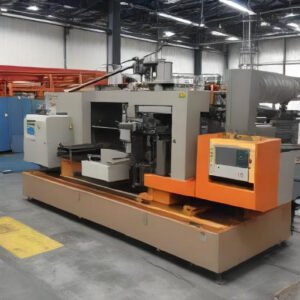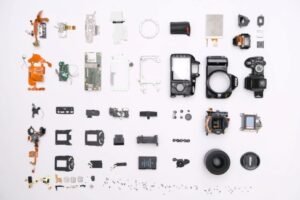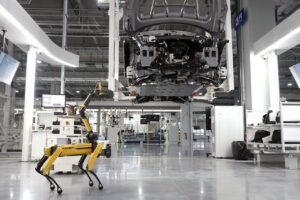Contents
Causes and Solutions for Incomplete Filling in Plastic Parts: Goodbye to Defective Products
What is Incomplete Filing in Plastic Parts?
Causes of Incomplete Filling in Plastic Parts and Solutions
Lack of Materials in the Hopper
Faulty Non-Return Valve
The Mold is Too Cold
Insufficient Mold Ventilation
Operators’ Fault
Injection molding is a great production method that helps you take on massive orders of complex parts thanks to its great accuracy and scalability. Injection molding is currently being researched by industry leaders, with very impressive breakthroughs. In medical device production and the automotive parts industry, injection molding is a godsend!
However, mastering this production method requires not just advanced machinery and tools, but you also need to have special skills and expertise to operate this production line. One of the most common issues that most injection molding operators would come to face is incomplete filling in plastic parts, an issue that could cost businesses their entire order. This article will help you navigate through this issue, along with some others that you might encounter over the course of your production project.
What is Incomplete Filing in Plastic Parts?
Let’s first take a look at how injection molding works. The engineers will inject molten materials into a metal mold, after which the molten materials will fill out the mold, taking on its shapes and sizes. Coolants are then run around the mold cavity to cool down the materials, which will solidify and take after the mold.
Incomplete filling, otherwise known as short shots by industry experts, occurs when there is not enough molten material to fill the mold, resulting in defects as well as missing parts. Incompletely filled parts are usually not eligible to be shipped to your customers, so they can cause a lot of losses if the production engineers do not know how to handle them.
Causes of Incomplete Filling in Plastic Parts and Solutions
Incomplete filling is caused by many different issues, some by the operators, and some by the machines themselves. Pinpointing the root cause of the issue is the first step to solving it.
Lack of Materials in the Hopper
This is the most common cause of incomplete filling in plastic parts. The incomplete filling could simply be due to the fact that there is not that much material left in the hopper, so you lack the necessary amount to fill the mold. The easy solution would be to add more material into the hopper so that the next batch would have enough material to fill the mold.
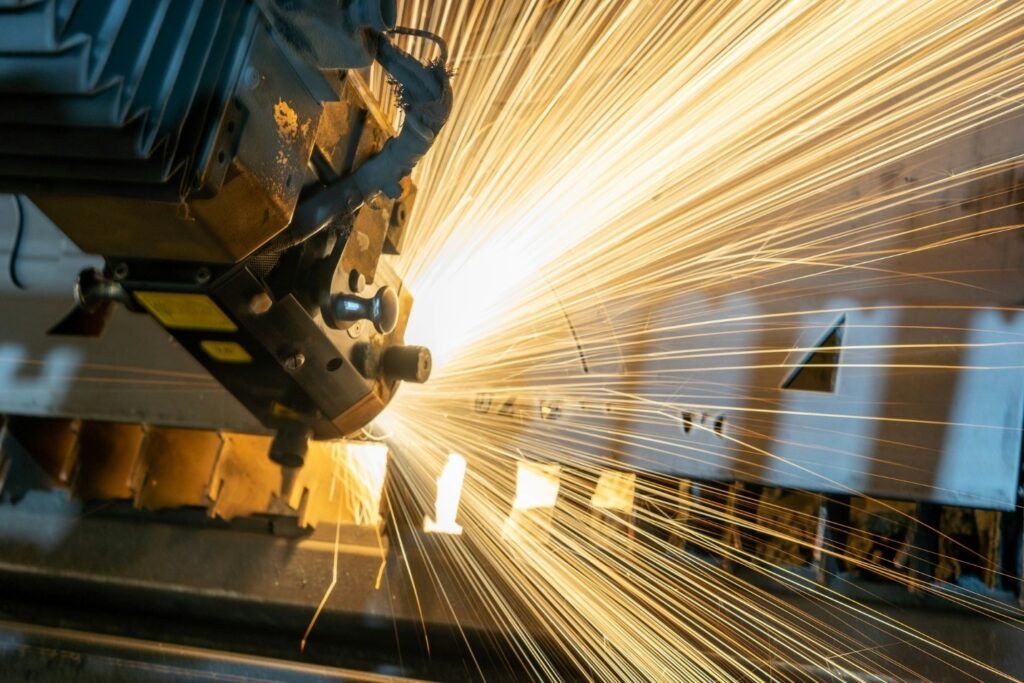
Faulty Non-Return Valve
The non-return valve is a little valve at the end of the injection nozzle that prevents the injected molten material from flowing back to the injection needle. If this valve does not work properly due to wear and tear, some amount of the material will likely flow back to the needle, which causes incomplete filling.
You will have to inspect the valve first and decide what to do with it. If it is not properly sealed, you should make sure that it is. If the valve is damaged beyond repair, replacing it is the only option. Make sure to inspect your non-return valve once every three months to prevent any operational damage.
The Mold is Too Cold
When the molten material is injected into the mold cavity, the temperature has to be high enough for the material to maintain its liquid form and fill out the mold completely. If the mold’s temperature is too cold, however, the material will not flow well, thus not filling up the mold cavity.
Managing the temperature of the mold is the key point here. Each metal comes with different conductivity, so study your mold material well in order to properly heat it up to a point where the molten material can flow freely. You should always monitor the mold’s temperature over the course of the process to increase the temperature if necessary.
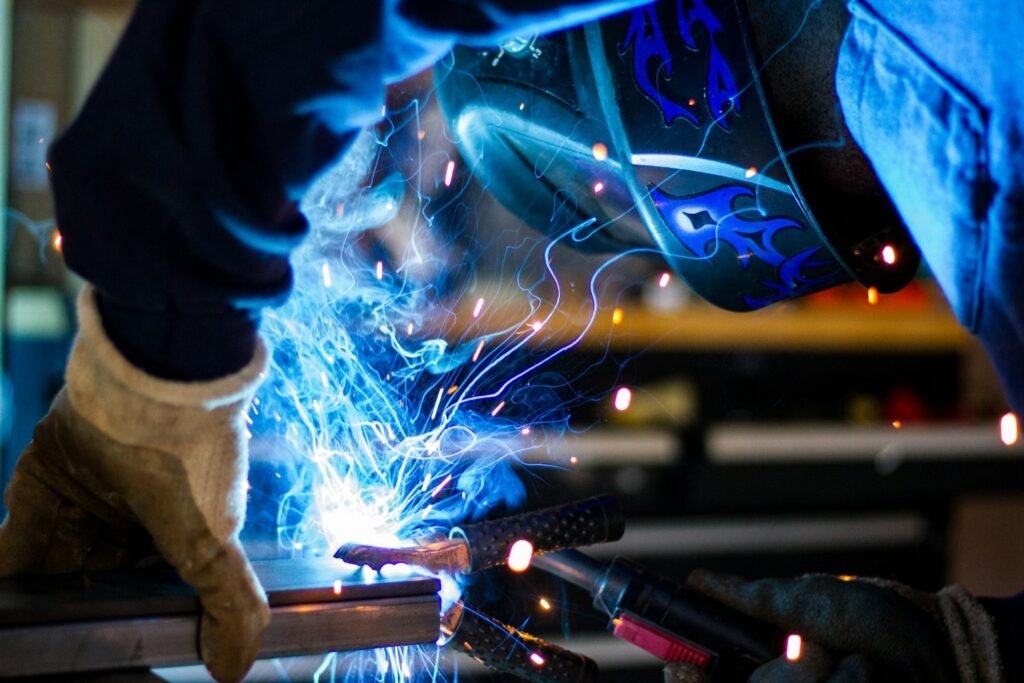
Insufficient Mold Ventilation
Before the injection molding process can begin, engineers will have to remove all excess air bubbles from the enclosed mold first. Air bubbles can act as a barrier that prevents the molten material from entirely filling the mold cavity, causing defects. To remove these air bubbles, engineers use vents specifically designed for these molds. However, if these vents are not installed properly, or if there are too few vents, there will still be some air bubbles left inside the mold, which can cause massive issues down the line.
To make sure that the mold has sufficient ventilation before every injection molding project, make sure that the vents you are installing on the mold work well with the viscosity of the materials you are working with. Thermoplastic materials with high viscosity flow very slowly, so you can use deeper vents to remove air quickly. However, for materials with low viscosity, your best bet will be thinner vents, as they ensure the materials will not overflow outside of the mold.
Operators’ Fault
No one is perfect, and sometimes your operators could make mistakes that cause incomplete filling as well. An injection molding project is divided into many cycles, which are managed and monitored by skilled engineers. If an engineer makes a decision to end a cycle too early, the material will not have enough time to entirely fill the mold. Inconsistent cycle management will lead to more issues down the line than just incomplete filling.
To handle this issue, make sure that your engineers understand the importance of consistent cycle timing and careful management of the cycles. Alternatively, you can employ automated solutions to synchronize cycles, thus minimizing the chance of incomplete filling and other similar issues.
Incomplete filling is caused by a vast range of issues, including lack of materials, faulty non-return valves, the mold’s being too cold, insufficient mold ventilation, and operators’ faults. To effectively prevent this issue, you will need to monitor the injection molding process on a regular basis and make changes when necessary.
Bad mold design can also lead to incomplete filling, and that is why you should only let experts handle mold design for you. With over 20 years of experience in the industry, KuiXing Shanghai is always ready to provide the best mold design services to our customers. Contact us now for more details!
References:
